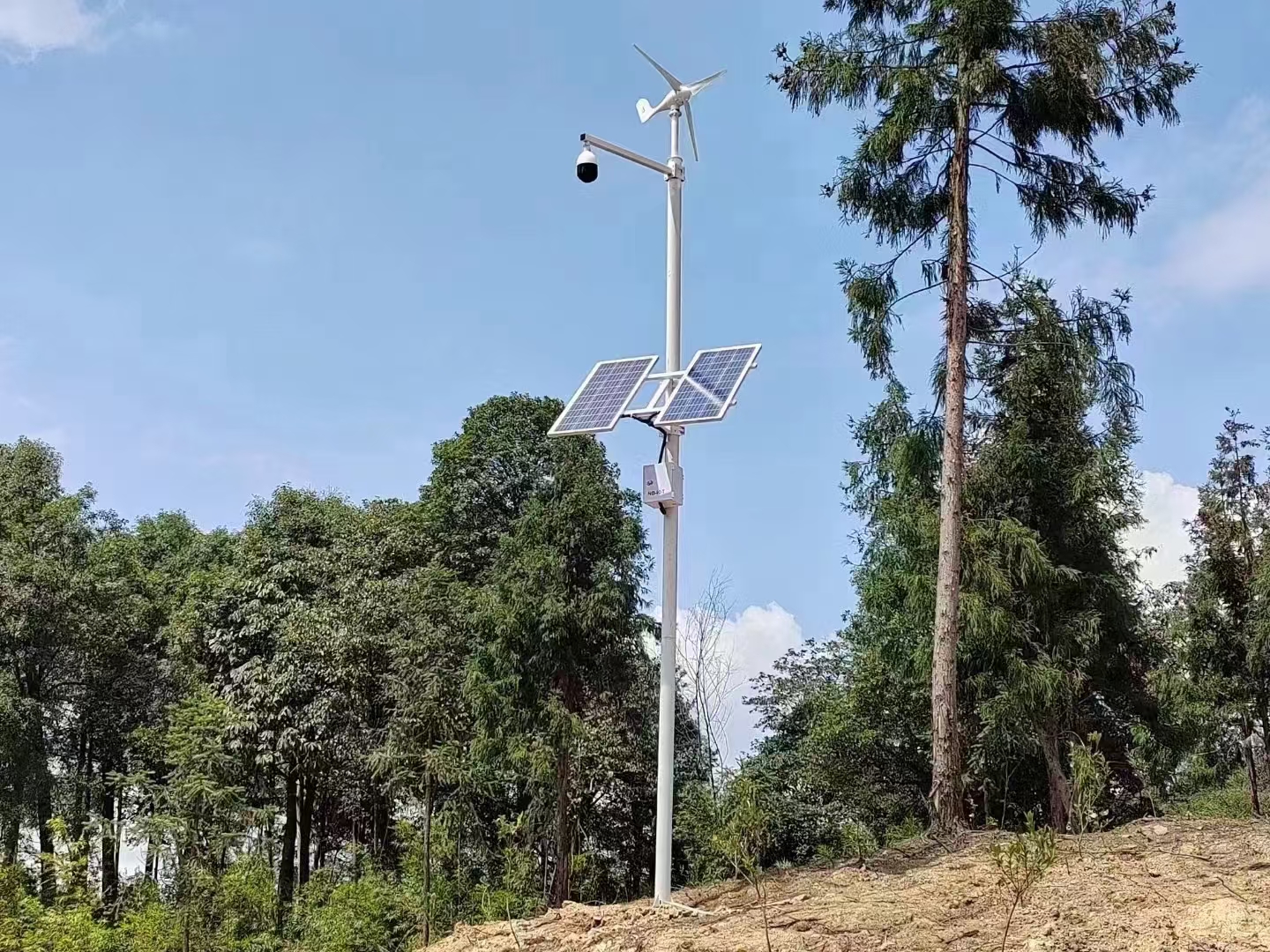In an era of increasing emphasis on sustainable living and renewable energy, innovative solutions for urban infrastructure are emerging. One of the innovations is the integration of hybrid solar and wind energy systems for street lighting. This environmentally friendly approach uses wind and solar energy to increase the efficiency, reliability and sustainability of street lighting systems. The technical backbone of these systems include components such as high-brightness LEDs, charge controllers, solar panels. This article takes an in-depth look at the design, manufacturing, advantages, and disadvantages of these hybrid energy systems.

**Design and Manufacturing**
Hybrid solar and wind systems for street lighting are designed to focus on harnessing solar and wind energy to maximize output. Typically, these systems contain several key components:
1. **Solar Panel**: This is the main source of solar energy. Advanced photovoltaic cells convert sunlight into electricity. When paired with a high-efficiency charge controller, these panels ensure continuous power even in cloudy or low-sun conditions.
2. **Wind turbines**: They capture wind energy and are particularly valuable in areas where solar energy is intermittent. Turbines convert the wind’s kinetic energy into electricity to power street lights.
3. **Charge Controllers**: These controllers are critical to preventing overcharging and ensuring efficient energy storage to maintain battery health. They manage the flow of electricity from solar panels and wind turbines to batteries.
4. **High-Brightness LED**: Selected for their energy efficiency and longevity, High-Brightness LEDs replace traditional lighting sources, providing superior illumination while consuming significantly less power.
5. **PVC Blower**: These blowers are not common but can be integrated to enhance cooling and maintenance of the system, ensuring longevity and optimal performance.
**Advantages**
1. **Energy Efficiency**: By combining solar and wind energy, these systems provide a more consistent and reliable energy supply. Dual energy inputs reduce reliance on a single energy source and increase overall efficiency.
2. **Sustainability**: Utilizing renewable energy can significantly reduce your carbon footprint and contribute to environmental sustainability. These systems help reduce dependence on fossil fuels and are consistent with global green energy goals.
3. **Cost Savings**: Once installed, hybrid systems have lower operating costs compared to traditional street lighting systems. As technology advances, the initial investment cost is quickly offset by energy savings and minimal maintenance.
4. **Grid-independent power**: Hybrid systems can operate independently of the grid, which is especially beneficial in remote or less developed areas where grid connections are unreliable or non-existent.
**shortcoming**
1. **Initial Cost**: Installing a hybrid solar and wind system can involve high upfront costs. Although costs are falling as technology advances, high-quality solar panels, wind turbines, charge controllers and high-brightness LEDs are still expensive.
2. **Maintenance Requirements**: Although generally low, maintenance of these systems still presents challenges. To ensure optimal performance, components such as wind turbines and PVC blowers may require regular inspections and occasional repairs.
3. **Variable Energy Production**: Solar and wind energy are both variable in nature. The system’s effectiveness depends on geographical and climatic conditions, which can cause occasional inconsistencies in energy production.
**In summary**
Integrating hybrid solar and wind energy systems into street lighting represents a major advance in sustainable urban infrastructure. These systems balance the advantages of solar and wind energy to provide powerful solutions to the challenges posed by traditional street lighting. Although there are some initial cost and maintenance considerations, the advantages, including energy efficiency, reduced carbon footprint, and operating cost savings, make these hybrid systems a promising avenue for future urban planning and development. As technology continues to advance, these hybrid systems could become central to our transition to greener, more sustainable cities.
Post time: Nov-05-2024







